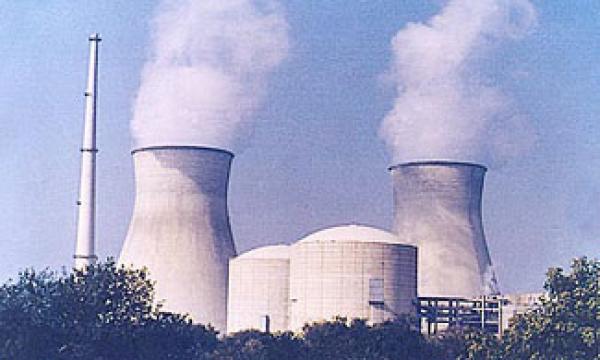In India, each exclusion zone is an example of the glory of nature. Be it the Crane Castle of Narora Atomic Power Plant or the greenery swaying to the pleasant breeze, the whistling ducks, the majestic flight of storks, the flitting of butterflies in all sorts of hues and patterns or the stroll of snails around the exclusion zone at Tarpore Nuclear facility. The garden of butterflies in Tarapur exclusion zones is an epitome of natural splendour.

Of the three zones developed around nuclear power plants, the outer-most zone falls at the minimum distance to a high population center. A multi-layer protection is thus provided to ensure safety of the adjoining inhabited areas of a nuclear power plant. This whole arrangement shields the biodiversity in case of a radioactive emission. If at all an accident happens, it progresses slowly and there are certain ways to control the different stages of progression. In such a scenario, there is always adequate time to apply counter measures in public domain in terms of sheltering, iodine tablets and ultimate evacuation. The evacuation of thousands from in and around Fukushima plant during the March, 2011 tsunami disaster is an example.
However, apart from playing a buffer zone, the protective sheath against any radioactive emission, the exclusion zone is a quintessential dense forest area, the serenity of which is broken often only by the sweet calls of koel or the humming of forest bees.
Monday, May 29, 2017



